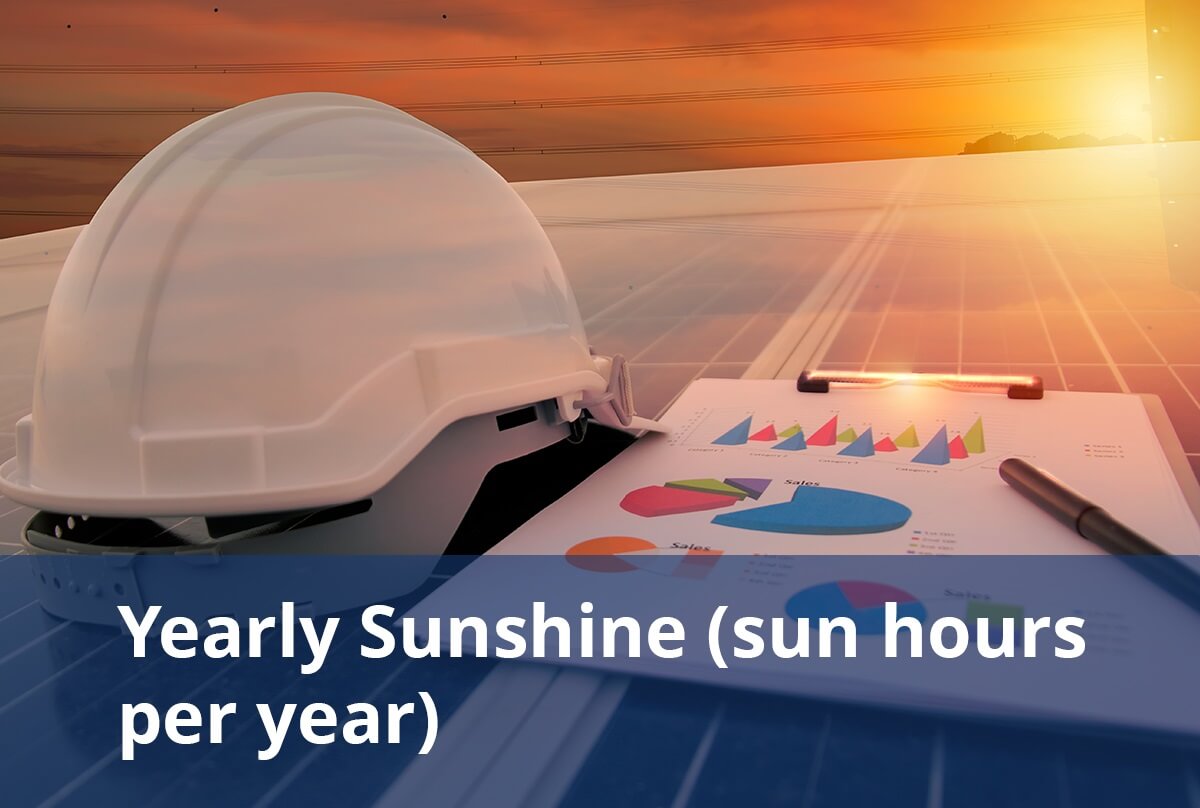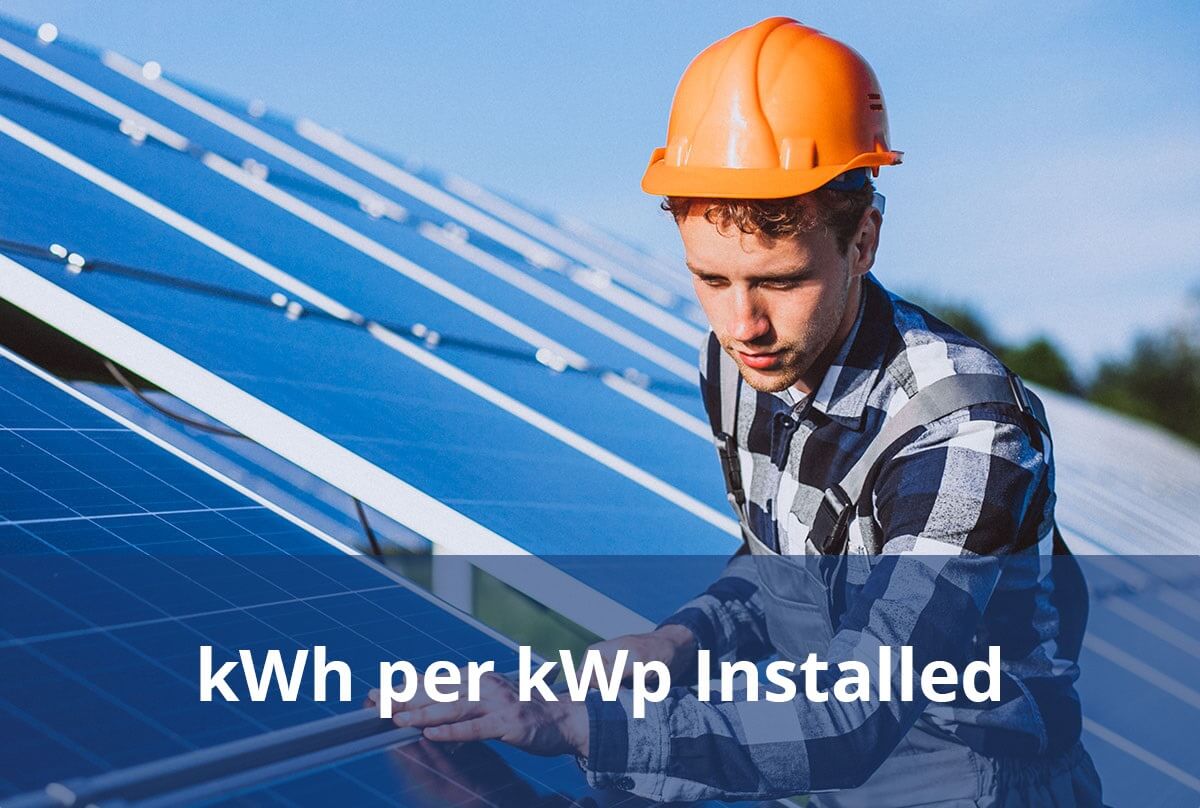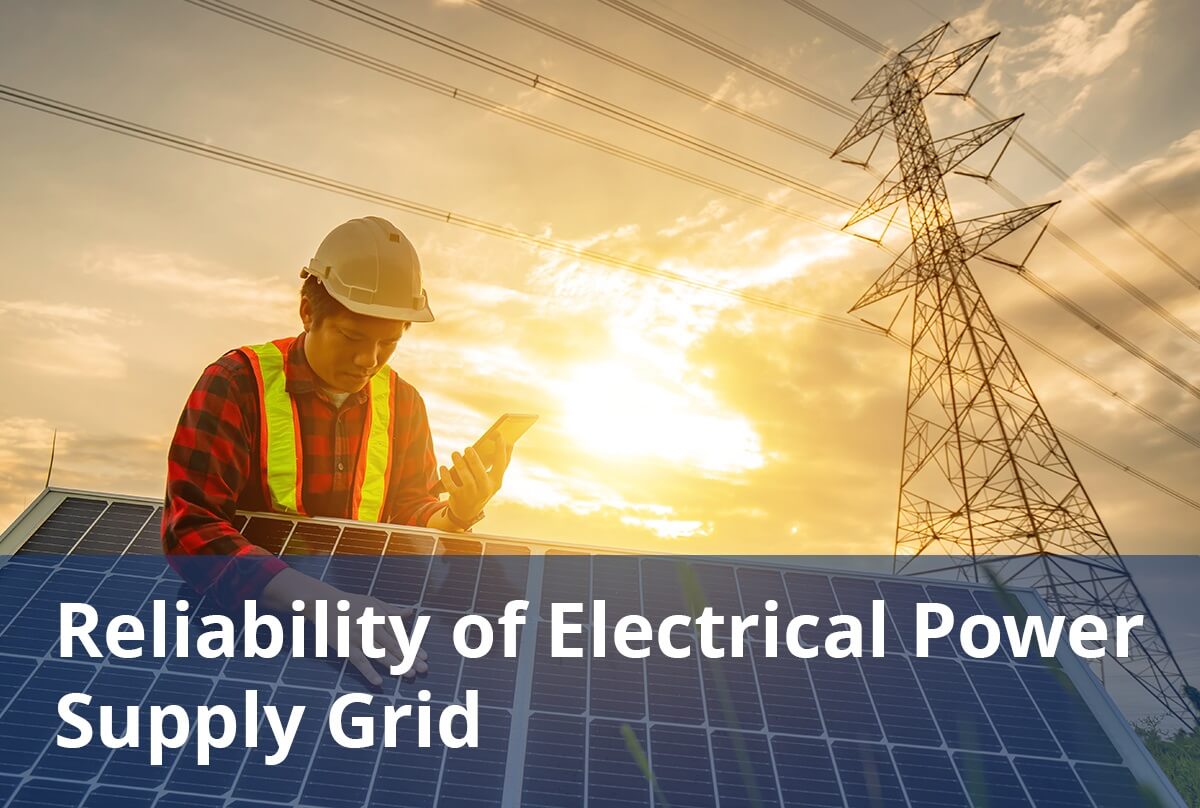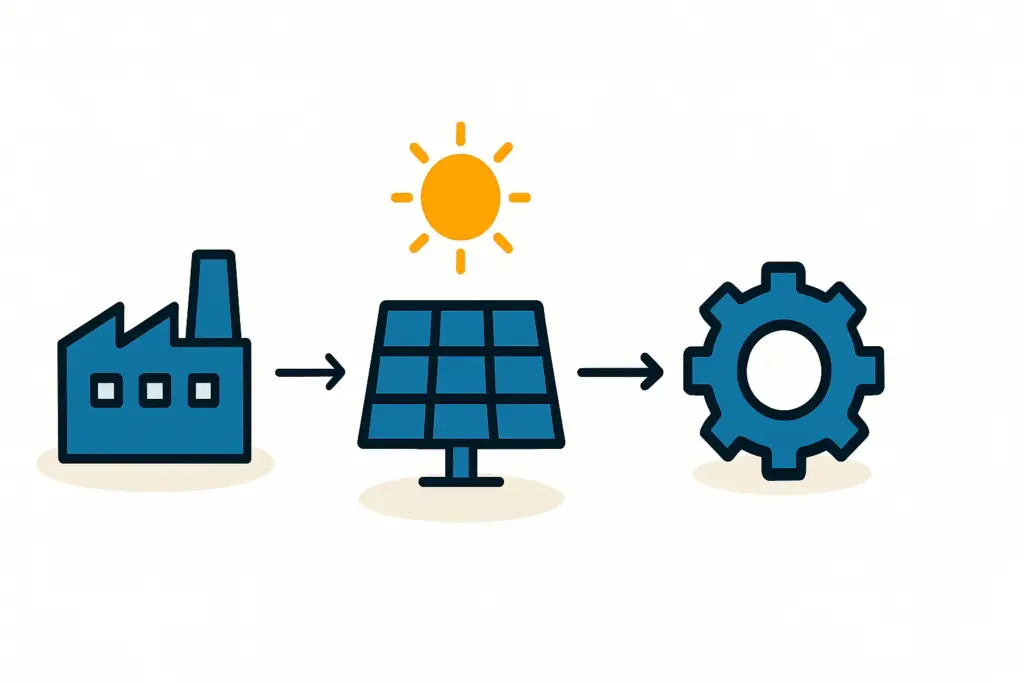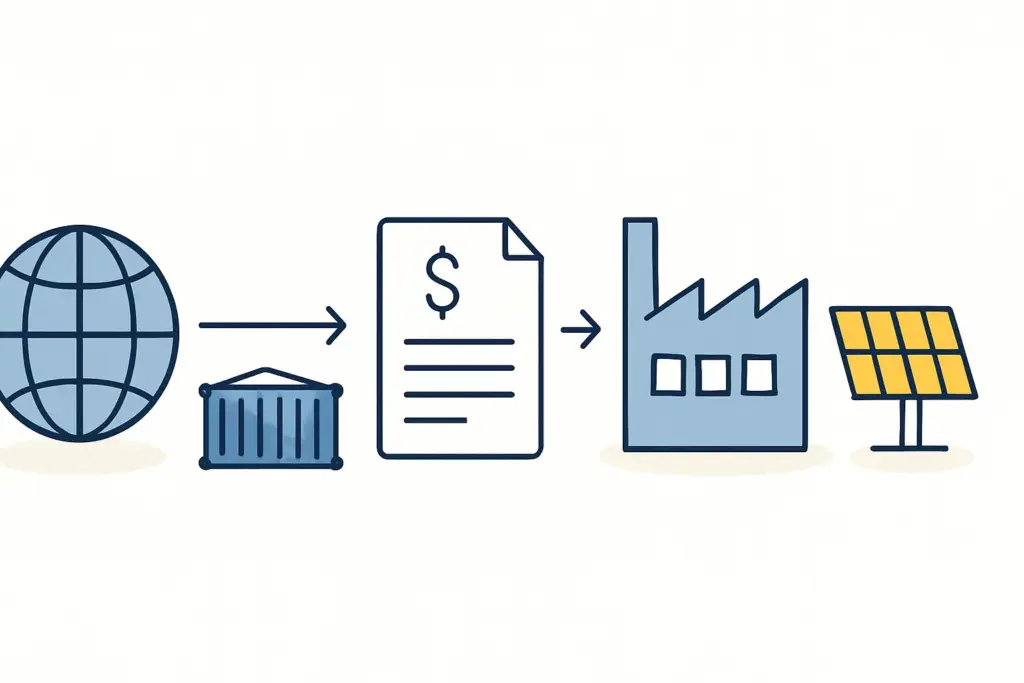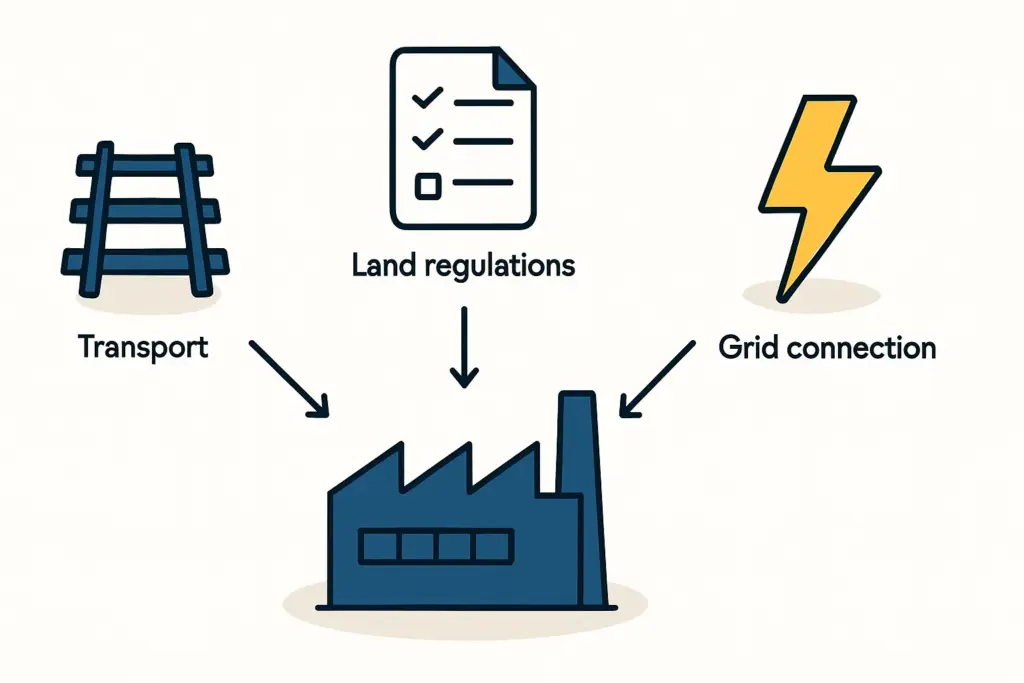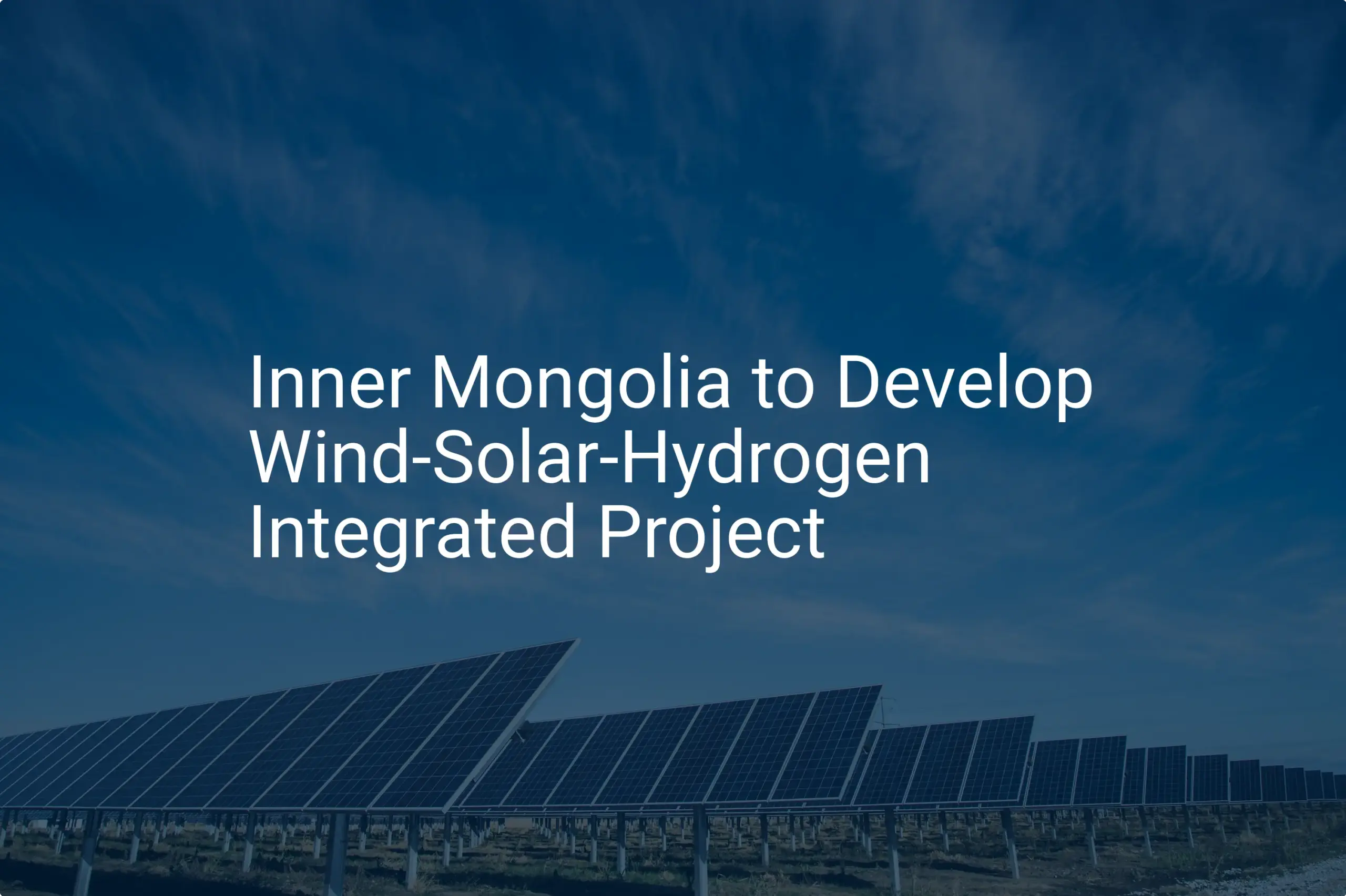Gain comprehensive insights into the statistics and metrics surrounding the solar production industry in Mongolia
- Climate.top. (n.d.). Daylight hours in Ulan-Bator/Ulaanbaatar, Mongolia daylength. Retrieved February 25, 2025, from https://www.climate.top/mongolia/ulaanbaatar/sunlight/
- ProfileSOLAR. (n.d.). Solar PV analysis of Ulan Bator, Mongolia. Retrieved February 25, 2025, from https://profilesolar.com/locations/Mongolia/Ulan-Bator/#google_vignette
- Montsame. (2025). New electricity tariffs set. Retrieved February 25, 2025, from https://montsame.mn/en/read/356054#:~:text=The%20Energy%20Regulatory%20Commission%20is,per%20kWh%20to%20MNT%20280
- Sinalda. (n.d.). Voltage in Mongolia – Electricity supply and power quality overview. Retrieved February 25, 2025, from https://www.sinalda.com/world-voltages/asia/voltage-mongolia/
- International Renewable Energy Agency (IRENA). (2024, July). Renewable energy statistics 2024. Retrieved February 25, 2025, from https://www.irena.org/-/media/Files/IRENA/Agency/Publication/2024/Jul/IRENA_Renewable_Energy_Statistics_2024.pdf
- Stockholm Environment Institute (SEI). (2024). Solar and wind power in Mongolia: 2024 policy overview. Retrieved February 25, 2025, from https://www.sei.org/publications/solar-wind-mongolia-2024-policy/
- Global Climatescope. (2024). Climatescope 2024 | Mongolia. Retrieved February 25, 2025, from https://www.global-climatescope.org/markets/mongolia
- Country Authorisation (2024). Country Assessment Report. Retrieved February 25, 2025, from https://www.trackingstandard.org/wp-content/uploads/IRSFB_MD_23.19_Mongolia-country-report_Public.pdf
- International Energy Agency (IEA). (n.d.). Mongolia – Countries & regions. Retrieved February 25, 2025, from https://www.iea.org/countries/mongolia
- Energypedia. (n.d.). Mongolia energy situation. Retrieved February 25, 2025, from https://energypedia.info/wiki/Mongolia_Energy_Situation
- International Renewable Energy Agency (IRENA). (2023, August). Renewable energy solutions for heating in Mongolia. Retrieved February 25, 2025, from https://www.irena.org/-/media/Files/IRENA/Agency/Publication/2023/Aug/IRENA_Renewable_energy_solutions_heating_Mongolia_2023.pdf
- Matilda. (n.d.). Mongolia’s clean energy transition: A pathway to sustainable and inclusive development. Retrieved February 25, 2025, from https://www.undp.org/mongolia/blog/mongolias-clean-energy-transition-pathway-sustainable-and-inclusive-development
- PV Knowhow. (n.d.). Mongolia’s ambitions to rise in solar energy. Retrieved February 25, 2025, from https://www.pvknowhow.com/mongolias-ambitions-to-rise-in-solar-energy/
- The Reach Alliance. (n.d.). Mongolia’s renewable energy for rural access project: Providing electricity to nomadic herders. Retrieved February 25, 2025, from https://reachalliance.org/case-study/providing-electricity-to-nomadic-herders-mongolias-renewable-energy-for-rural-access-project/
- Tsolmon-Namkhainyam. (n.d.). Renewable energy in Mongolia. Retrieved February 25, 2025, from https://asiacleanenergyforum.adb.org/wp-content/uploads/2023/06/Tsolmon-Namkhainyam.pdf
- Asian Development Bank (ADB). (2023, October 3). ADB launches grid-connected solar photovoltaic power plant in Altai City, Mongolia. Retrieved February 25, 2025, from https://www.adb.org/news/adb-launches-grid-connected-solar-photovoltaic-power-plant-altai-city-mongolia
- Joint SDG Fund. (2023, August 15). Pathways to Mongolia’s just energy transition. Retrieved February 25, 2025, from https://www.jointsdgfund.org/article/pathways-mongolias-just-energy-transition
- World Salaries. (2025). Average solar energy systems engineer salary in Mongolia. Retrieved February 25, 2025, from https://worldsalaries.com/average-solar-energy-systems-engineer-salary-in-mongolia/
- Worldometer. (2025). Mongolia population (2025). Retrieved February 25, 2025, from https://www.worldometers.info/world-population/mongolia-population/
- RE/MAX Mongolia. (n.d.). Songinokhairkhan, Ulaanbaatar commercial real estate & industrial for rent/lease. Retrieved February 25, 2025, from https://www.remax.mn/industrial/for-rent-lease/songinokhairkhan/
- RE/MAX Mongolia. (n.d.). Khan-Uul, Ulaanbaatar commercial real estate & office for rent/lease. Retrieved February 25, 2025, from https://www.remax.mn/office/for-rent-lease/khanuul/
- Wikipedia. (n.d.). Electricity sector in Mongolia. Retrieved February 25, 2025, from https://en.wikipedia.org/wiki/Electricity_sector_in_Mongolia
- Trading Economics. (n.d.). Mongolia: Access to electricity (% of population). Retrieved February 25, 2025, from https://tradingeconomics.com/mongolia/access-to-electricity-percent-of-population-wb-data.html
- The Observatory of Economic Complexity (OEC). (n.d.). Mongolia – Access to electricity (% of population). Retrieved February 25, 2025, from https://oec.world/en/profile/bilateral-product/electricity/reporter/mng
- Asia Pacific Energy Policy. (n.d.). Law of Mongolia on renewable energy. Retrieved February 25, 2025, from https://policy.asiapacificenergy.org/sites/default/files/Law%20of%20Mongolia%20on%20Renewable%20Energy.pdf
- Power Technology. (n.d.). Power plant profile: Moron Solar PV Project, Mongolia. Retrieved February 25, 2025, from https://www.power-technology.com/data-insights/power-plant-profile-moron-solar-pv-project-mongolia/


